Social media for architects isn’t a new concept — every specialist working in this field needs to have some means of advertising their services and communicating with clients. Effective and time-proven, various online platforms make the best tools for this job. But there is a catch — everyone uses these networks now, so it’s easy to get lost among thousands of other competitors.
And even if a particular page stands out, how to make it truly special? How to attract just the audience an Architect needs? As an architectural visualization company, we can’t help you develop and implement a full-blown strategy. What we can do, however, is to provide you with useful advice that works for leading architectural brands — and also develop top-notch animated visuals to implement it. Join us as we expose 7 secrets to success in marketing via social media for architects!
#1. Choose The Right Platform

Choosing a platform to promote architectural services is crucial. Several factors affect this choice: target demographic, preferred form of media for posting, what are one’s goals and how much effort can be dedicated to keeping social media account running. It’s better to start with one, and here are a few options.
If there’s no need for specializing, Facebook is the first and most obvious solution. It’s easy to use, has wide outreach potential and is quite versatile. Most importantly, it provides great management tools in form of analytics and ad manager. To showcase a vast portfolio, Facebook also offers various slideshow options for posts, as well as a built-in video player. Moreover, it can integrate with other social media, which makes a solid base for a multi-platform approach.
LinkedIn is mainly used for business-to-business communication, so it’s a great place to network and build up professional reputation. The downside is that it’s more of a discussion forum with a limited audience, mainly fellow specialists. It’s best to think of it as an online business card rather than a marketing tool.
Twitter, a microblogging platform, at first glance can hardly be called a proper social media for architects. Thing is, the timeline format of this service is focused on posts that gain attention — text plus images or videos. This would get a prolific architect lots of likes and shares, coupled with huge advertising potential via links.
However, it should be noted that people usually go to Twitter to browse new and interesting stuff, so straightforward advertising may be ineffective. Still, regular updates will spread awareness about the business, and gaining followers may prove beneficial for word-of-mouth marketing.
Since we’re describing social media for architects, it would be a crime not to mention Houzz. Although it’s smaller in comparison to the rest of the platforms, it is made precisely for the specialists in the field of interior and exterior design. It can be used to monitor new trends in architecture, showcase the expertise with unique publications, display the best works and find good contractors and product brands as an additional benefit.
Youtube is a great social media network for video content, with hundreds of thousands of channels featuring every topic imaginable. Considering the growing popularity of the video content, an Architect will be well-advised to start a channel. Prospects will be thrilled to learn about new design trends, see the work process — how and where the Specialist chooses materials, how he approaches the project development, etc. And of course, the case studies are a gold mine. Videos and 3D animations showing off brand-new projects will become assets for any promotional campaign. One warning though: youtube marketing requires a lot of resources. It is sometimes wise to hire a separate person to come up with creative ideas, to organize filming, monitor the results and then learn to use them.
#2. Keep The Audience Constantly Updated
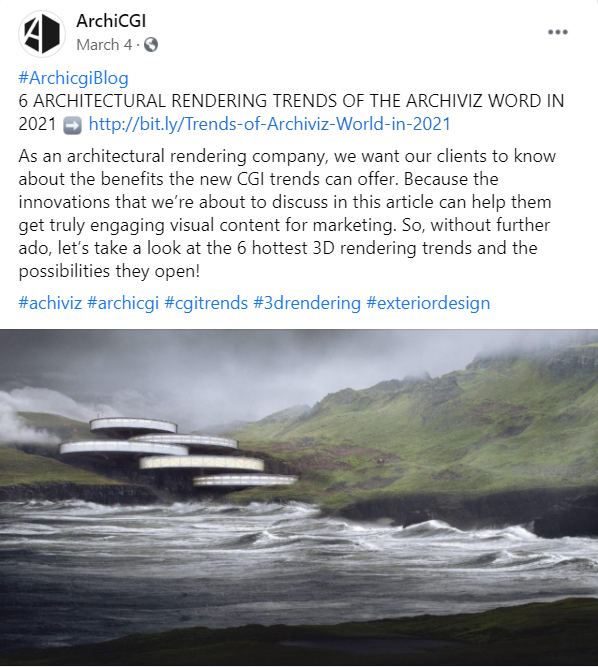
Social media for architects mainly serves to reach out and attract clients, but it needs some spice. That should be something that will both inform the viewers of the company’s activity and gain their attention for long enough to earn a like and share. So, what should one post? As was mentioned previously, the most effective combinations are text plus images or text plus video. What sort of text? Daily updates on current projects, with 3D commercial renderings to showcase gorgeous and functional designs, myth-busting, problem-solving, and sharing conversations with other architects. Another good idea is to share links to portfolios or exciting news from the world of architecture, with personal thoughts and comments. If done on a regular basis, it can give businesses a compassionate, casual appeal, bringing lots of likes and shares every time.
Ensure your exterior design project leaves a lasting impression and takes your clients’ breath away with stunning visuals.
#3. Network With Other Specialists
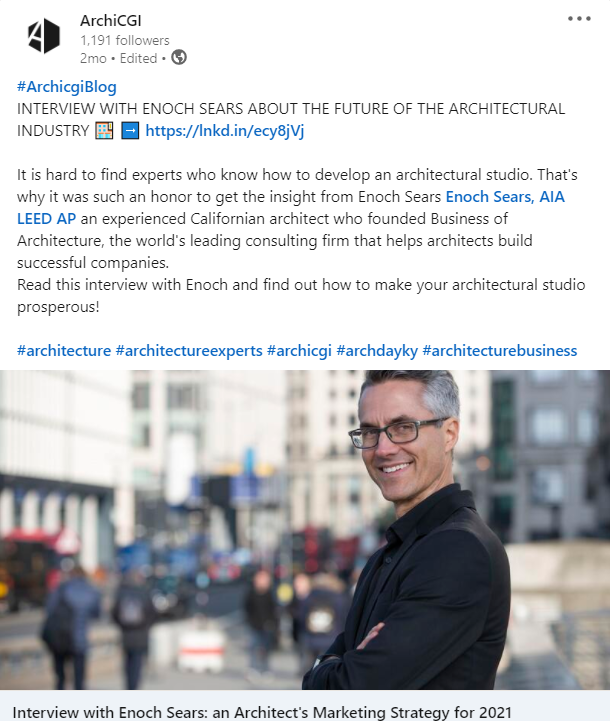
One of the most effective techniques in social media for architects is aligning with professionals who are either directly involved or connected to the industry. There are a few types one should be on the lookout for. First are the influencers. These are the people who have already established themselves on the online platforms and are followed by at least a hundred thousand people. Why should architects network with them? Popular online personas frequently give shoutouts and promote other, less-known channels and blogs. Sometimes they do it due to paid advertising, sometimes because of personal connections, but the effect is the same. It creates a web of content creators who help each other to gain followers and traffic. Resulting livestreams, podcasts as well as real-life events like exhibitions and lectures will drastically increase the popularity of everyone involved. All that is needed for the smaller architect blogger is to either bring something original to the table.
The second category of specialists to look for on social media for architects is the “synergetic” businesses and personas. Building contractors, mortgage brokers, project managers, and 3D visualization studios — all of them have at least some degree of online presence. And they want to network with architects. Usually, these associated companies find their potential clients via social media, but the reverse scenarios are also very likely. These relationships are built on a strictly business model since both parties are cooperating for profit. As a result, architects who network with related companies via social media make outsourcing design visualization, paperwork and on-site work much more comfortable. And don’t forget to use 3D rendering for marketing agencies!
#4. Optimize Social Media Pages
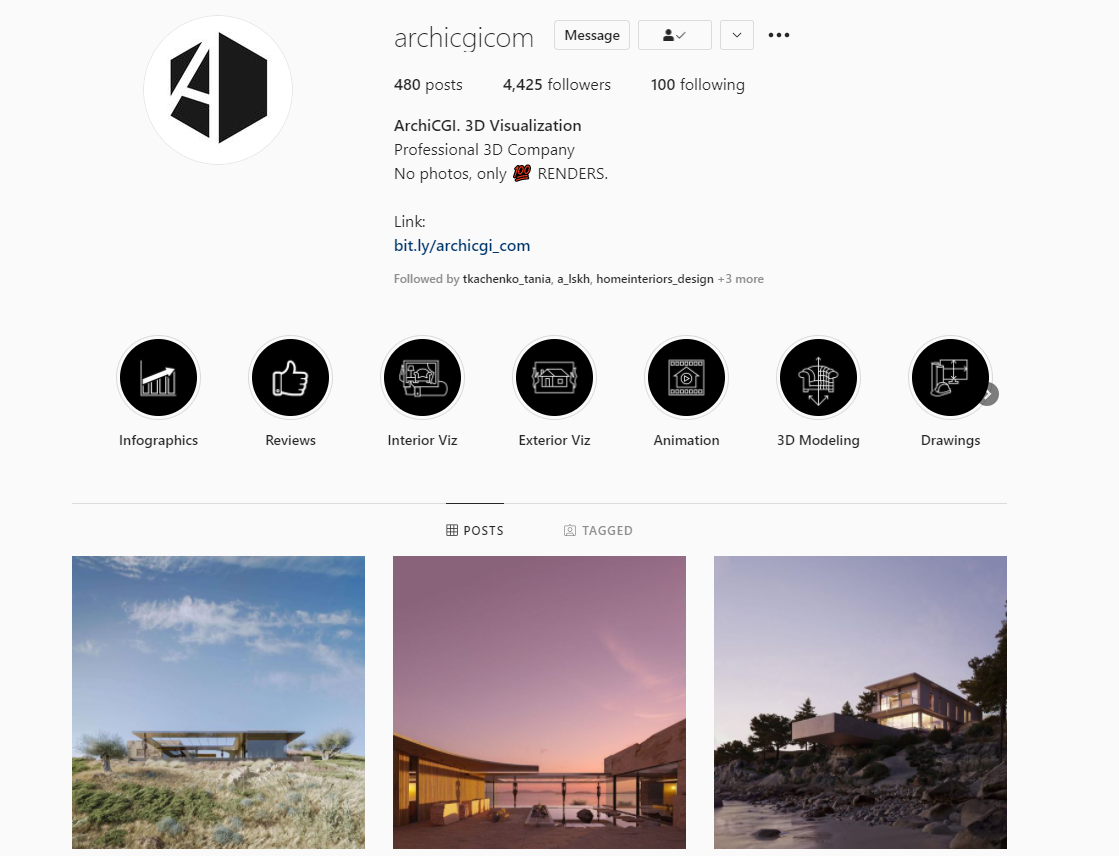
So, the content is set and a professional has started networking with other specialists. What about pages of social media for architects on their own? As popularity increases, accounts or posts start popping up in Google search, so there’s a need to improve the odds of that happening. First of all, one needs to maximize the value of posts — always provide content that is valuable and visually appealing. Secondly, posting should be scheduled — when people know at what time to expect new content, they are much more eager to check for updates. Thirdly, feedback should be dealt with swiftly and effectively — it’s important to build up a positive community around the page. Finally, one should never over-promote. Too much advertising, and visiting the blog becomes unbearable. It’s best to follow what is called “one-in-seven” rule – for every ad there should be six content-based posts.
#5. Use Social Media To Harness Feedback
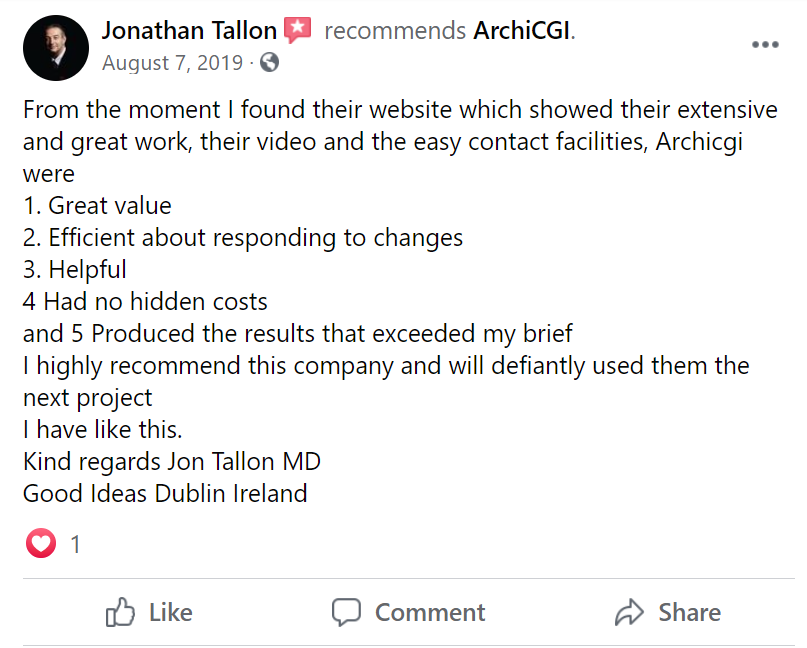
Social media for architects provide a huge advantage, regardless of business size — making feedback public. A prolific company gets a lot of positive reviews, so sharing them to attract more potential clients is a powerful marketing tool.
As for the types of receiving feedback, they vary from platform to platform, but it boils down to private and public complaints and criticism. Regardless, there are a few guidelines to follow in that regard. First and foremost, the response should be quick. As a rule of thumb, complaints must be handled within one hour since receiving them — any more, and dissatisfaction increases.
Then, the response itself matters. It should be done in a friendly, positive and transparent manner, no going on the defensive and taking the side of the client. But it doesn’t mean one has to be defenseless. “About me” section should feature appropriate conduct standards, with clear guidelines for all comments: no vulgar, discriminatory or inappropriate language, being polite and so on. It’s also important to be wary of deleting comments — it usually produces an even more negative reaction. Finally, it’s a good idea to make use of publicity of social media for architects and respond publicly first and privately second.
#6. Use Built-in Advertising Tools
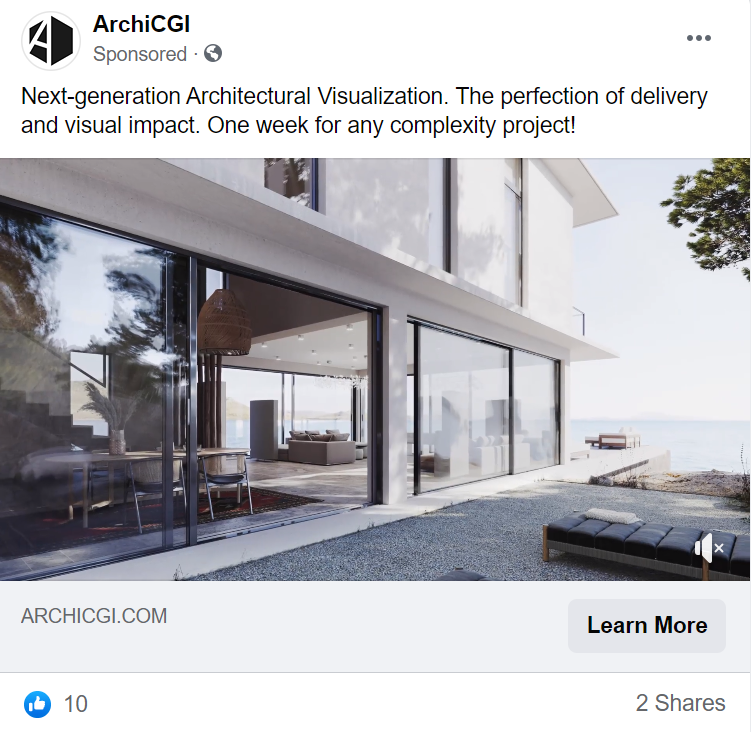
Some social media for architects, like Facebook and Youtube, have paid advertising tools, and they are worth every dollar spent. For instance, Facebook Ads Manager, which allows customizing the target audience, gives a lot of control over what they look like and offers a handy analytics plug-in. Similarly, Youtube also provides targeted ads, for those browsing architecture content.
While it might seem that nobody pays attention to banners and pop-ups anymore, those tools have a more discreet functionality. Namely, they improve page position in search engines — not exactly making use of social media, but it’s a great addition to them. However, one should always be mindful that organic advertising is a long-term investment, so using paid tools does not provide fast returns.
#7. Always Research SMM Trends And Tools
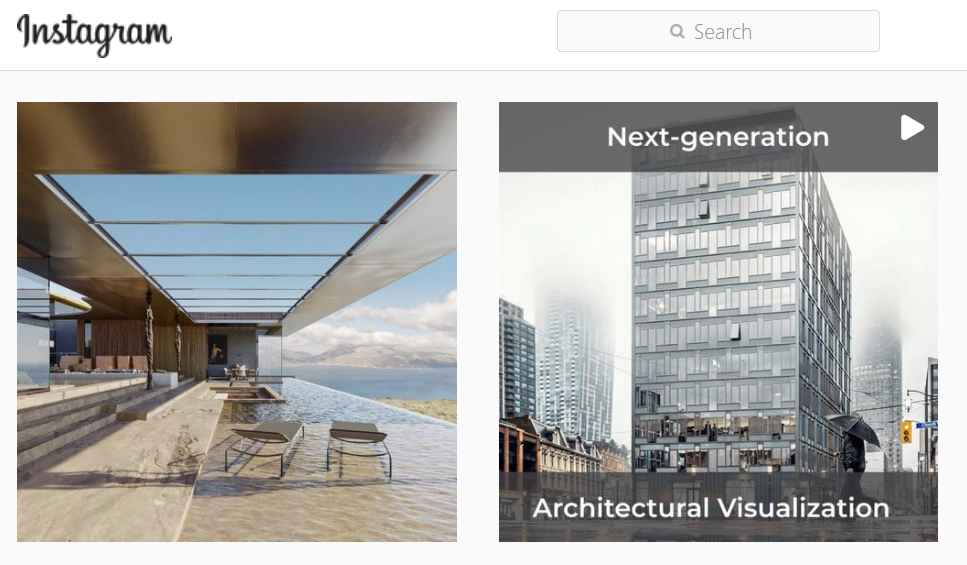
In order to achieve commercial success with social media for architects, constantly researching is vital. Look up new trends, investigate new tools, analyze traffic data and implement changes accordingly. Competition is rampant in smm, so staying one step ahead of rivals is key to success. No matter how much time and effort is spent on researching SMM, it always improves traffic generation for pages, and, in turn, bring more potential clients.
Get your project estimated in just 1 hour - fill out this brief!
Social media for architects provides lots of opportunities to gain new clients. But, in order to make use of them, it’s important to do a few things. Start off by choosing the right platform for your content and updating. Find a couple of influencers and network with them, keep your creations well-optimized and don’t shy away from paid ads. And always, always research! But before you get to work, what about visuals for future posts? Before your projects gain investors, you need some gorgeous pictures — a regular viewer doesn’t find blueprints and sketches like- and share-worthy. And we’ll be glad to help you with that. Advertise your projects via social media with CGI using high-end 3D visualization services!

Jimmy Ward
Marketing Specialist, Media Buyer
Jimmy is the senior magician of media and stunning ads. He loves a good joke, his beloved dog Mario and craft beer. But don’t be fooled by his smile: Jimmy is ruthless when it comes to lead generation.




Comments
David